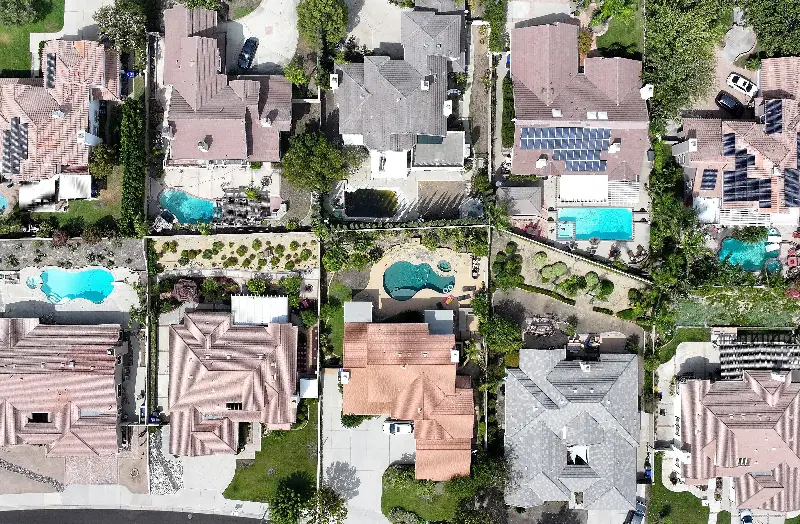
The price of luxury homes in the U.S. has risen so much in recent years that nothing under seven figures would be enough to buy even an entry-level one, according to a new study by Realtor.com.
In its “What Is Luxury” report, the real estate brokerage found that the luxury threshold has climbed by more than 60 percent in nine years, going from about $797,000 in 2016 to $1.3 million today.
How Has the Price of Luxury Changed in the U.S. Housing Market?
There is not a clear price tag on what is considered luxury. Realtor.com calculated the new luxury threshold by analyzing the share of the most expensive homes in the U.S., both nationwide and in each market.
Back in 2016, $1 million listings used to represent the top 5 percent most expensive homes in the U.S. market—which would make them, by definition, high-end luxury homes. During the pandemic, they were still among the top 10 percent—what experts would call entry-level luxury homes.
But in July, not even $1 million would get buyers access to luxury in the U.S. housing market. That same month, the top 10 percent most expensive listings in the U. S.—entry-level luxury homes—had a starting price of $1.3 million, meaning that luxury housing has gotten even more costly than it used to be.
The top 5 percent of homes in the U.S. housing market—high-end luxury homes—had a starting price of $2 million. And the top 1 percent of homes nationwide—the ultra-luxury properties—started at $5.4 million.
While spending $1 million on a home in 2016 would get buyers a definite luxury status, the bar has risen so much that, to achieve the same stature, buyers now need to spend $300,000 more, according to Realtor.com. Meanwhile, to match the same so-called luxury status that $1 million gave owners less than a decade ago, buyers now need to spend closer to $1.6 million.
“While a million-dollar home still represents an important benchmark, it’s not the luxury marker that it once was nationwide and in many markets,” said Danielle Hale, chief economist at Realtor.com, in the report shared with Newsweek.
“With or without a seven-figure price tag, luxury is often about exclusivity and relative standing in a local market,” she said. “In many areas a high-end home can rise many multiples above the area’s typical home price.”
Despite a drop in status, million-dollar homes still represent the top 13 percent of the most expensive listings in the country.
Where Are Luxury Homes Most out of Reach?
Based on Realtor.com analysis, these were the top 10 metropolitan areas with the highest entry-level luxury home prices in July.
- Rifle, Colorado: $16,475,000
- Heber, Utah: $6,800,000
- Key West-Key Largo, Florida: $4,500,000
- Los Angeles-Long Beach-Anaheim, California: $3,995,000
- Bridgeport-Stamford-Danbury, Connecticut: $3,950,000
- Kahului-Wailuku, Hawaii: $3,900,000
- Santa Rosa-Petaluma, California: $3,499,000
- San Jose-Sunnyvale-Santa Clara, California: $3,495,000
- Barnstable Town, Massachusetts: $3,495,000
- Naples-Marco Island, Florida: $3,408,844
What Has Driven Up the Price of Luxury Homes?
Luxury home prices have risen for the same reasons why home prices in the overall U.S. housing market have surged over the past decade, especially in the last five years. A combination of soaring demand during the pandemic and a chronic lack of inventory had brought prices through the roof, as buyers competed in bidding wars to snatch the few available listings.
While less affected, wealthy buyers are also struggling with the same affordability challenges that all Americans are facing, which spun from sky-high home prices and historically elevated mortgage rates.
Nationwide, entry-level luxury homes are now listed for nearly three times the median U.S. home price of $439,450, as of July data. High-end luxury prices start at nearly five times that price, while ultra-luxury surge to more than 12 times the typical home price.
